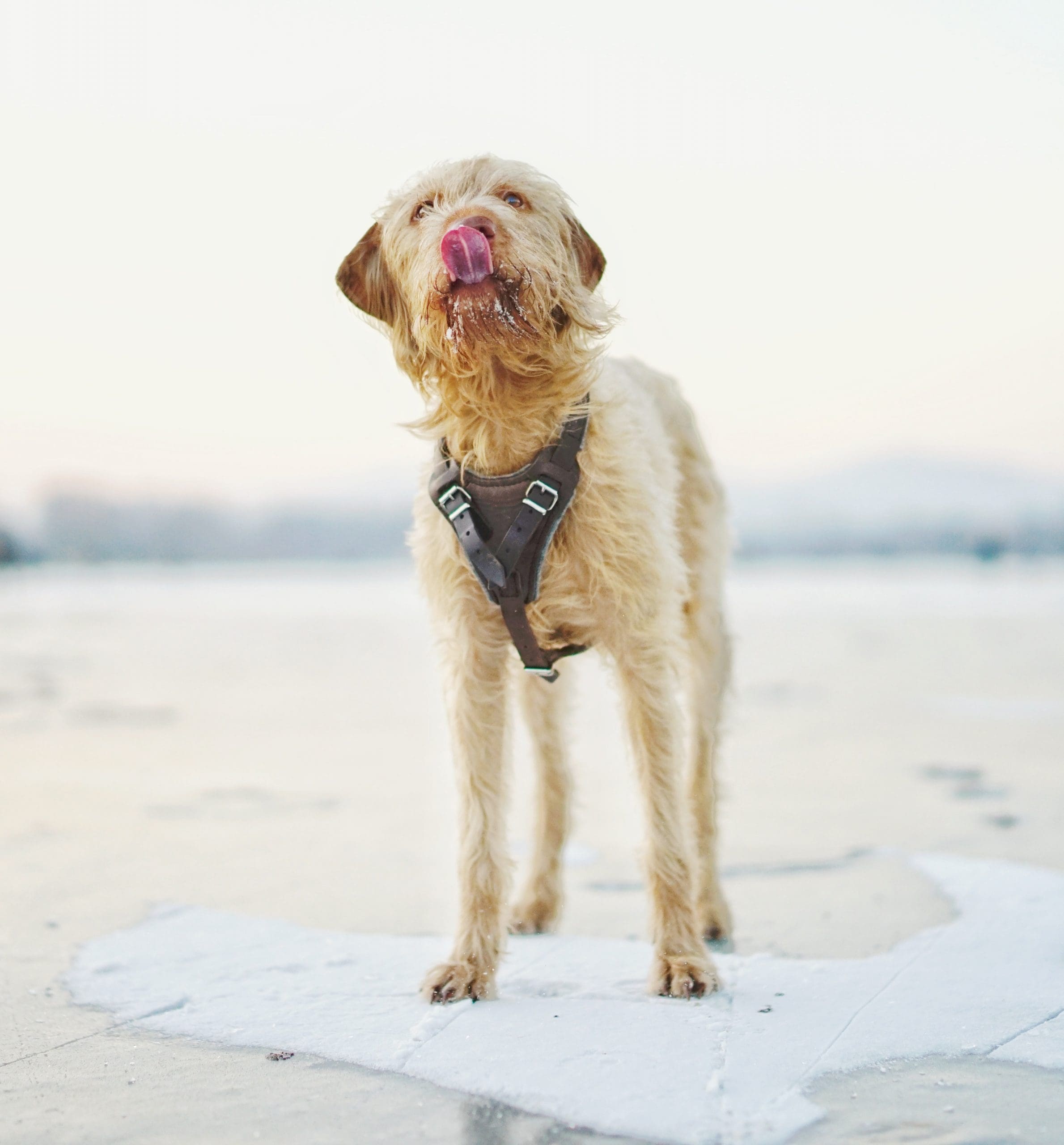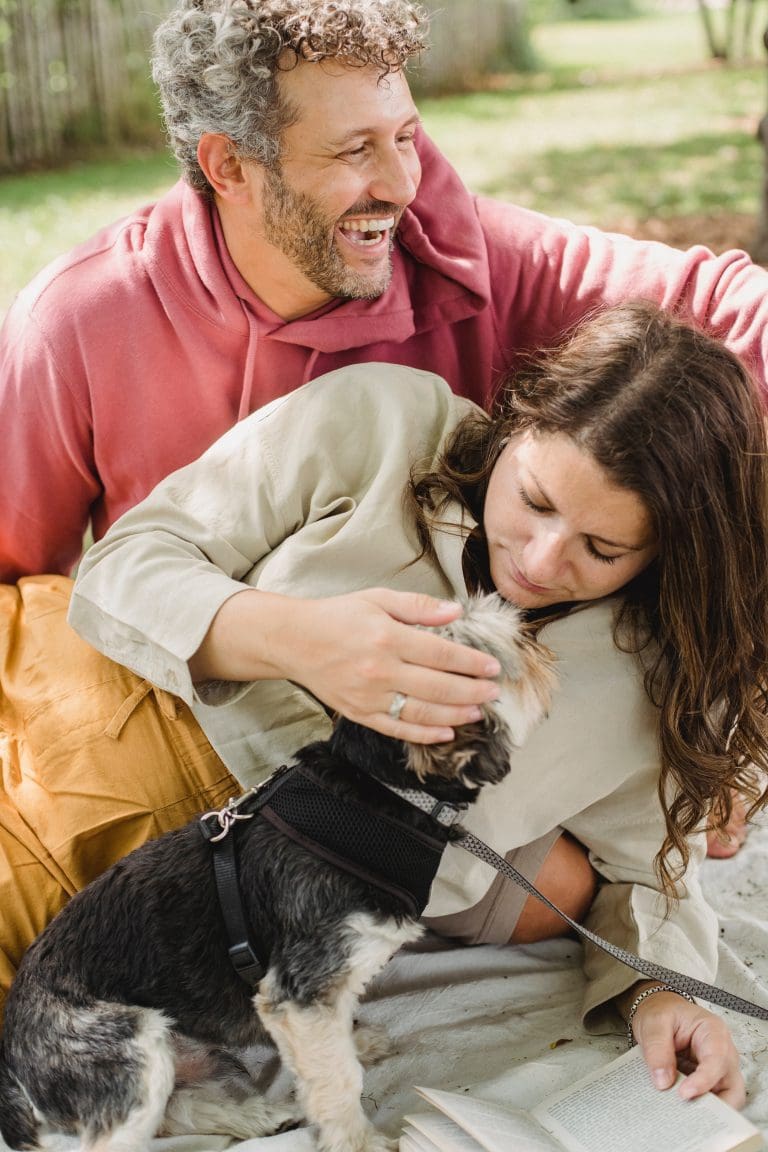How To Strengthen Old Dogs Hind Legs?
Post Date:
December 10, 2024
(Date Last Modified: December 10, 2024)
As dogs age, they often encounter various health issues, with hind leg weakness being a common concern. This weakness can stem from factors such as arthritis, muscle atrophy, and joint stiffness. For pet owners, addressing these mobility challenges is essential for maintaining their dog’s quality of life. Strengthening the hind legs requires patience and a clear understanding of the dog’s specific needs.
Understanding Hind Leg Weakness
Hind leg weakness in older dogs can be attributed to natural muscle loss, a condition known as muscle atrophy, often worsened by arthritis, which causes joint pain. Neurological issues may also play a role, affecting coordination and balance. Identifying the root causes of your dog’s hind leg weakness is vital for effective intervention.
Veterinary Consultation
Before initiating any strengthening program, a thorough veterinary examination is crucial. Your veterinarian can diagnose underlying issues, such as joint problems or muscle degeneration, and may suggest diagnostic tests like X-rays or blood work. Understanding your dog’s health status allows for a tailored approach to rehabilitating their hind legs.
Effective Exercises
Low-impact exercises are particularly beneficial for older dogs, promoting muscle development without overstraining joints. Regular short walks on flat surfaces can gradually enhance strength and endurance. Increasing the distance and duration of these walks can lead to significant improvements over time.
Incorporating physical therapy can further aid in building hind leg strength. Many veterinary clinics offer specialized physical therapy services, which can include exercises designed to meet your dog’s unique needs. Underwater treadmill exercises, for instance, provide resistance while minimizing joint impact.
Balance and coordination exercises also play a pivotal role. Activities like navigating around cones or using balance discs encourage engagement of core and hind leg muscles. Start slowly, increasing complexity as your dog becomes more confident and capable.
Nutrition and Weight Management
A balanced diet is essential for maintaining muscle strength and overall health. High-quality protein sources support muscle development and repair. Consult your veterinarian for dietary recommendations and consider supplements such as glucosamine and omega-3 fatty acids to promote joint health and reduce inflammation.
Managing your dog’s weight is also crucial. Excess weight places additional strain on joints, complicating mobility. If your dog is overweight, work with your veterinarian to create a suitable weight loss plan that incorporates a balanced diet and appropriate exercise.
Mental Stimulation
Engaging your dog mentally can also encourage participation in physical activities. Interactive toys, puzzle feeders, and training sessions provide mental challenges that motivate older dogs to stay active, contributing to both mental and physical well-being.
Home Environment Adjustments
Making your home environment more accessible can facilitate your dog’s mobility. Use non-slip rugs to prevent slipping on smooth surfaces and provide ramps or steps to help navigate furniture or vehicles. A supportive home environment encourages movement, which is essential for strength building.
Regular Progress Monitoring
Routine veterinary check-ups are important for tracking your dog’s progress and adjusting exercise and nutrition plans as necessary. Your veterinarian can help monitor improvements in mobility and strength, ensuring that you stay on the right path. If any new issues arise, prompt veterinary guidance can help address them effectively.
Building a Strong Bond
Working together to improve your dog’s mobility can strengthen the bond between you both. Celebrate small milestones, such as increased walking distance or improved balance, as these victories foster motivation and enhance the experience for both you and your dog.
In some cases, alternative therapies like acupuncture or laser therapy may offer additional benefits, alleviating pain and promoting healing. Discuss these options with your veterinarian to determine their suitability for your dog’s specific condition.
Strengthening an older dog’s hind legs entails a comprehensive approach that integrates physical exercise, a nutritious diet, and emotional support. By consulting with your veterinarian and focusing on your dog’s unique needs, you can help them regain strength and improve their quality of life in their golden years. The ultimate goal is to enhance their happiness and comfort, ensuring they enjoy a fulfilling life as they age.






